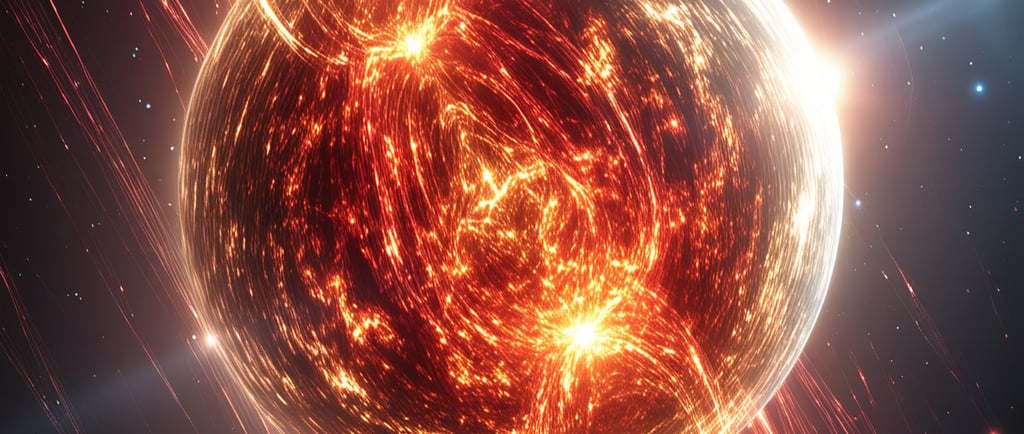Understanding HV 888: The Red Hypergiant at the Edge of Stellar Evolution


An Introduction to HV 888
HV 888 stands out as one of the largest and most luminous red hypergiants known to date. Located in the vast cosmic of the constellation Dorado, this magnificent star captivates astronomers and astrophysicists alike. With its immense size and brilliance, HV 888 exemplifies the extremes of stellar evolution before the ultimate fate of a supernova.
A Closer Look at Its Characteristics
The luminosity of HV 888 is a staggering spectacle, estimated to be between 300,000 and 500,000 times greater than that of our Sun (l☉). This astonishing brightness is accompanied by a mass estimated to be in the range of 25 to 30 solar masses (m☉). Its sheer scale is equally impressive; HV 888 boasts a radius approximately 1,500 times that of the Sun, radiating an extraordinary volume of light that illuminates its surroundings. Such immense dimensions raise important questions about stellar physics and the processes occurring in its complex atmosphere.
The Location and Importance of HV 888
Positioned approximately 163,000 light-years away from Earth, HV 888 resides within a large magnetic cloud, allowing it to stand out among the myriad stars in the cosmos. The exploration of red hypergiants like HV 888 is crucial for enhancing our understanding of stellar evolution. Scientists study this remarkable star to grasp the physical phenomena taking place in the harshest environments, pushing the boundaries of what we know about stellar life cycles.
As researchers delve deep into the characteristics of HV 888, they uncover insights into the nature of large stars, which are often unstable and exhibit significant variability over time. The expansive, dusty atmosphere surrounding HV 888 contributes to its remarkable luminosity and offers clues about the processes that govern such celestial giants.
In summary, HV 888 is not just a picturesque feature in the constellation Dorado; it is a critical subject of scientific inquiry that helps enhance the understanding of the cosmos. By unraveling the mysteries woven into the fabric of such stars, astronomers gain a deeper comprehension of the interstellar processes that shape the universe.
